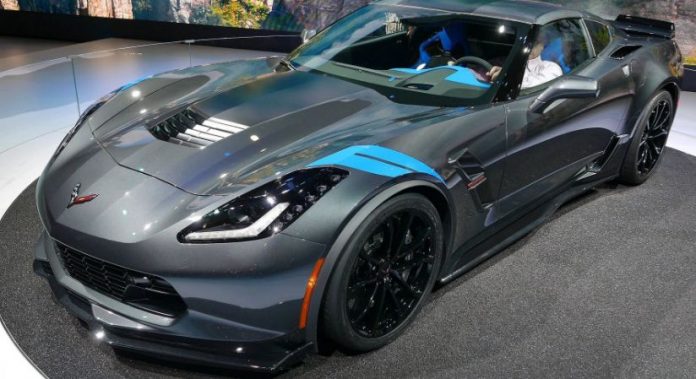A personal luxury car can be defined as a highly stylized automobile designed for the personal comforts and convenience of the owner. Comfort and style being its main concern, the cargo capacity and passenger space is much reduced.
The personal luxury cars are distinct from GT cars or sports cars because in the former more attention is given to comfort than to performance. However, the difference between a luxury GT and a personal luxury car is often indistinguishable.
The personal luxury car has its origin in the sports luxury cars of the 1920s and 1930s. These sporting cars were heavy, fast and expensive. But they were highly stylized and attracted the rich and the wealthy. The buyers were often kings, film and music stars and gangsters who bought these to project their image.
The GT or Grand Tourer became popular after World War II. It was a high performance vehicle, and was found particularly suitable for long distance driving. Italy became a major producer of GTs.
However, the GT as well as the luxury cars were beyond the reach of the common buyer and by the 1950s the market shifted its gaze to the buyers who wanted style but could not afford the luxury car price.
The specialty cars entered the market with a view to providing automatic transmission, air conditioning, power steering, and other conveniences not generally offered on GTs or sports cars of the day. These models used standard engines and other mechanical components, with unique styling like the Cadillac Eldorado convertible model of 1953.
In the United States, the Ford Thunderbird delineated the concept of a personal luxury car. A two-seat convertible, with compact size and respectable performance, it was launched in 1955 and sold through 1957. Its range of comfort features, large aero plane designs and styling made it a success.
Soon there was a burst of personal luxury cars. In 1962 the Pontiac Grand Prix and the Buick Wildcat, hit the market. Next year, it was the turn of the Buick Riviera. All these cars were inspired by Thunderbird, and wanted to capture a part of this growing market. Most of them went to become a rage too.
Europe caught on with Jaguar E-Type, BMW C S coupes and other models. These were expensive than their US counterparts but were comparable to models like the Riviera in their distinctive style and image.
The American ‘personal luxury’ cars market saw a decline in the late 1980s when the younger generation showed a preference for the European and Japanese cars.
Many known brands like the Buick Riviera the Oldsmobile Toronado, the Cadillac Eldorado, and the Lincoln Mark saw their reign end ended by the late 1990s.
The Japanese cars like Lexus SC and Infiniti and European marques like BMW and Mercedes, however, continued to sell well, even though higher priced than their former American rivals. This was large because of the greater innovation and better design of some of the European cars.

